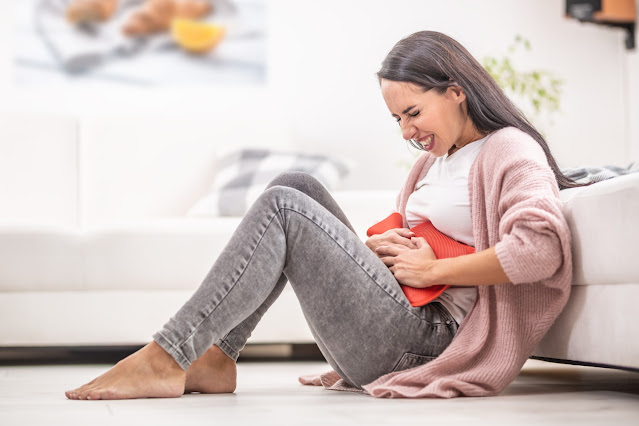Menstrual cramps, or dysmenorrhea, affect a large number of women, leading to discomfort and sometimes severe pain. While various factors contribute to menstrual cramps, research has increasingly shown that dietary habits play a significant role in both the severity and frequency of cramps. In fact, making the right dietary changes can help alleviate abdominal pain during periods and provide relief from other associated symptoms.
How Diet Affects Menstrual Cramps
Certain nutrients and food groups have been shown to influence the severity of abdominal pain during periods. Here are some of the ways diet impacts menstrual health:
Anti-inflammatory Nutrients
Vitamin D, vitamin B12, and zinc are known for their anti-inflammatory properties. These nutrients can reduce the severity of lower abdominal pain during menstruation by calming uterine contractions. Ensuring adequate intake of these vitamins can help reduce the intensity of cramps, preventing the painful constant abdominal pain that many experience during their cycle.
Omega-3 Fatty Acids
Omega-3 fatty acids, found in foods like fish and flaxseeds, have been shown to reduce inflammation in the body. For women experiencing extreme lower abdominal pain, increasing omega-3 intake could significantly help. These fatty acids help regulate prostaglandins, the hormones responsible for uterine contractions, thus reducing pain during period.
The Impact of Processed Foods
A diet high in processed foods, sugar, and unhealthy fats can worsen menstrual cramps. Excessive sugar can lead to inflammation, which in turn increases abdominal pelvic pain. Women who consume high levels of processed snacks and junk foods often report more intense abdominal pain after period.
Hydration and Fiber
Staying hydrated and eating fiber-rich foods helps manage abdominal pain in children and adults alike. Drinking plenty of water can prevent bloating and alleviate discomfort, while fiber can help regulate the digestive system, reducing the likelihood of lower abdominal pain due to constipation.
What Foods to Eat for Menstrual Pain Relief
Incorporating specific foods into the diet can significantly reduce the severity of cramps. Here are some dietary changes that may help:
Leafy Greens and Fruits: Rich in magnesium, potassium, and vitamins, these foods can help reduce cramps and bloating.
Fatty Fish: Rich in omega-3s, fatty fish like salmon and mackerel help reduce inflammation.
Whole Grains and Nuts: These foods provide essential B vitamins and magnesium, which help to soothe abdominal cramps.
When to Seek Medical Attention
While diet can help alleviate menstrual cramps, persistent or severe pain should be discussed with a healthcare provider. If pain persists despite dietary changes, it could indicate an underlying condition such as endometriosis, which requires professional medical care. For more information on managing abdominal pain during periods and improving menstrual health, visit MyCyclopedia. Our platform offers comprehensive insights, expert advice, and practical tips on dealing with menstrual discomfort, all based on trusted medical research.
Explore the connection between diet and menstrual cramps and take charge of your health today!

Comments
Post a Comment